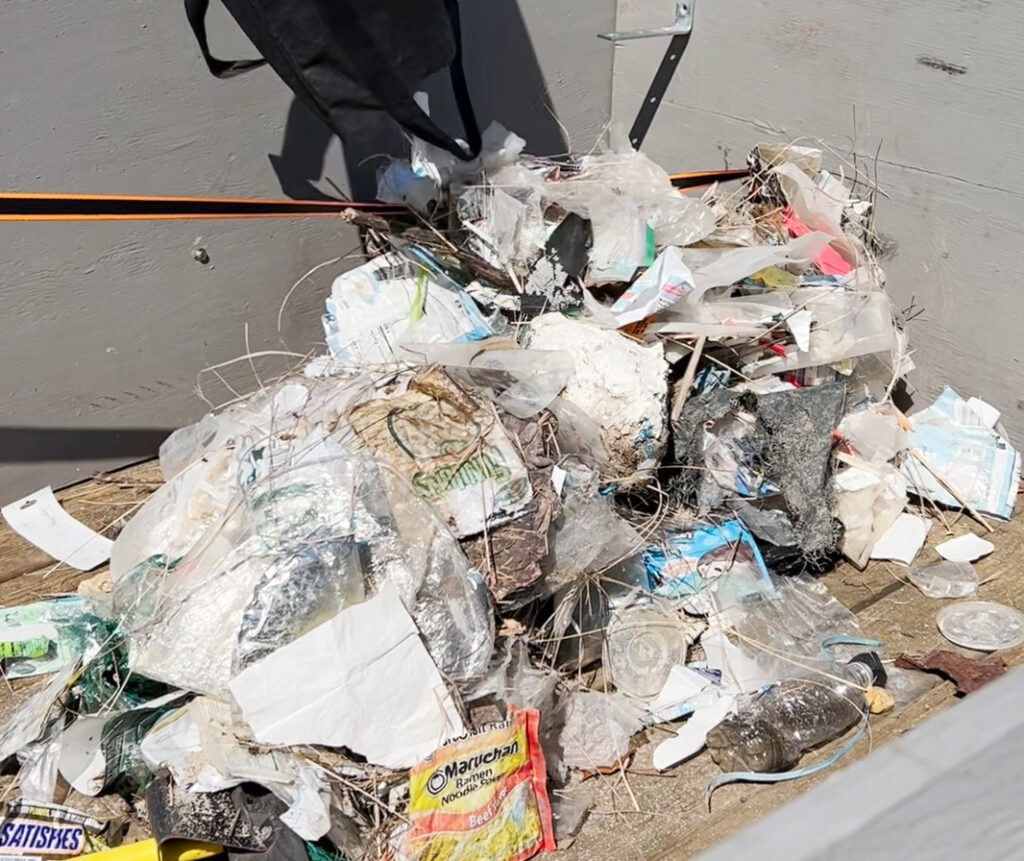Public hearings on Greenport Village noise code, wetlands permit to be held online

Two public hearings that have been postponed since March will take place in June, Greenport Village officials announced last Thursday.
“We’re still getting used to the new technology,” Mayor George Hubbard Jr. said during a meeting held remotely due to the ongoing coronavirus crisis.
The Village Board plans to accept public comments on the GoToMeeting conferencing app next month.
“It worked well with the Historic Preservation Commission,” which held a remote hearing last Wednesday, the mayor said.
The first hearing concerns an amended wetlands permit sought by Paul Pawlowski of 123 Sterling Avenue Corporation to replace a bulkhead. The Board of Trustees approved the permit in January, but modified the resolution to prohibit the rental of dock space along the new bulkhead.
The developers plan to construct a condominium complex at the property.
The second hearing will involve potential amendments to the village’s noise code.
Village Board members are mulling changes to Greenport’s noise code, including decibel levels, hours and fines associated with violations.
Under current code, the maximum fine Greenport can impose for a noise violation is $250 and noise levels must remain under 75 dBA between 7 a.m. and 8 p.m., under 30 dBA from 1 to 7 a.m., and under 58 dBA between 8 p.m. and 1 a.m. the following day. There’s no current stipulation in the code that allows for the fine to be increased for repeat offenders.
Both hearings will be re-noticed and appear on the agenda for the June 25 meeting.
NORTH FERRY
At a meeting last Thursday, the Village Board approved a resolution authorizing preliminary plans for reconfiguring the North Ferry queuing area to be submitted to the state Department of Transportation.
The plan calls for road improvements along Wiggins and Third streets and modifications to the ferry docking area, including paving parking areas, enhanced pedestrian access, sidewalks and lighting upgrades that will also connect to nearby museums and transit hubs.
While the village has authorized up to $3.2 million in bonds for the project, Mayor Hubbard said officials are pursuing grant opportunities to offset the costs. “This is the next phase,” he said.
One grant, which includes Federal Highway Administration funding, cannot be given to a private entity, so the application is being filed by the village, Mr. Hubbard said. “[The North Ferry] can’t use it because it has to go through a government agency. We’re helping them tap into that money.”
A second resolution approved by village trustees last Thursday issued a negative declaration for the proposed improvements under the State Environmental Quality Review Act.
WASTEWATER RFP ISSUED
Village officials are considering a greener approach to wastewater management that could help protect the area’s fragile water supply.
The Village Board last Thursday authorized a resolution to issue a Request for Proposals for a feasibility study on reusing treated effluent from the municipal wastewater treatment plant.
In the study, engineers will examine the project’s viability, treatment levels for reuse, costs, maintenance and other aspects for village officials to consider.
Mayor Hubbard said the study will be funded by an 80-20 matching grant the village has already been awarded.
Environmental advocates brought the grant to the board’s attention last June during a presentation on wastewater reuse.
Glynis Berry of Peconic Green Growth noted that the project could redirect up to 300,000 gallons per day of treated effluent, or liquid waste, from Greenport’s sewage treatment plants, which is normally discharged into Long Island Sound, so it can be reused for landscape irrigation within the Long Island Sound watershed and local aquifer recharge. Possible users Ms. Berry suggested at the time included Peconic Landing and Island’s End Golf Course.
She urged the board to consider new approaches to effluent reuse to protect drinking water quality and reduce nitrogen loading and the risk of saltwater intrusion.








